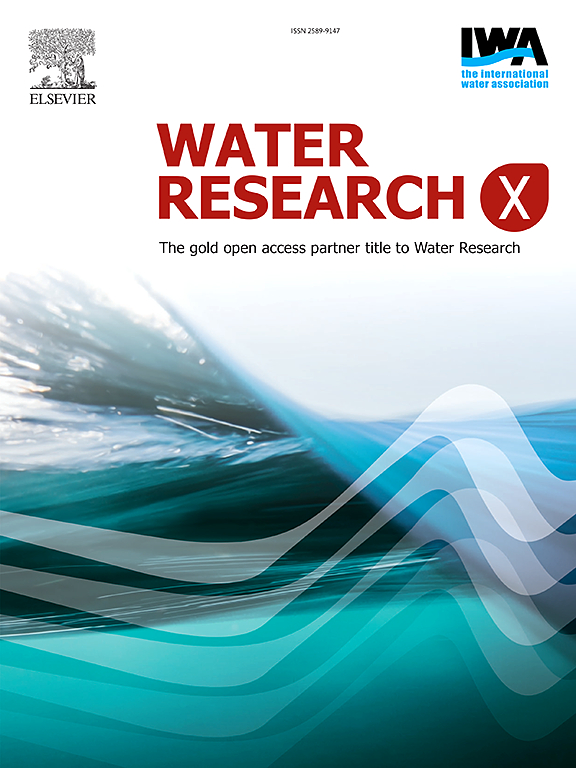Elucidating the complex hydrolysis and conversion network of xanthan-like extracellular heteropolysaccharides in waste activated sludge fermentation
IF 7.2
2区 环境科学与生态学
Q1 ENGINEERING, ENVIRONMENTAL
引用次数: 0
Abstract
The hydrolysis of structural extracellular polymeric substances (St-EPS) is considered a major limiting step in the anaerobic fermentation of waste activated sludge (WAS). However, the degradation of heteropolysaccharides, characterized by complex monomers of uronic acids and neutral saccharides in St-EPS, has rarely been reported. In this study, microbial-produced xanthan-like heteropolysaccharides, characterized by a blue filamentary film, were identified. The xanthan-producing bacteria comprised ∼7.2% of total genera present in WAS. An xanthan-degrading consortium (XDC) was enriched in an anaerobic batch reactor. This consortium could degrade Xanthan for over 90% and disrupt the gel structure of xanthan while promoting methane production from WAS by 29%. The xanthan degradation network consisting of extracellular enzymes and bacteria was elucidated by combining high-throughput sequencing, metagenomic, and metaproteomic analyses. Five enzymes were identified as responsible for hydrolyzing xanthan to monomers, including xanthan lyase, β-d-glucosidase, β-d-glucanase, α-d-mannosidase, and unsaturated glucuronyl hydrolase. Seven genera, including Paenibacillus (0.2%) and Clostridium (3.1%), were identified as key bacteria excreting one to five of the aforementioned enzymes. This study thus provides insights into the complex conversions in anaerobic digestion of WAS and gives a foundation for future optimization of this process.

求助全文
约1分钟内获得全文
求助全文
来源期刊

Water Research X
Environmental Science-Water Science and Technology
CiteScore
12.30
自引率
1.30%
发文量
19
期刊介绍:
Water Research X is a sister journal of Water Research, which follows a Gold Open Access model. It focuses on publishing concise, letter-style research papers, visionary perspectives and editorials, as well as mini-reviews on emerging topics. The Journal invites contributions from researchers worldwide on various aspects of the science and technology related to the human impact on the water cycle, water quality, and its global management.
 求助内容:
求助内容: 应助结果提醒方式:
应助结果提醒方式:


